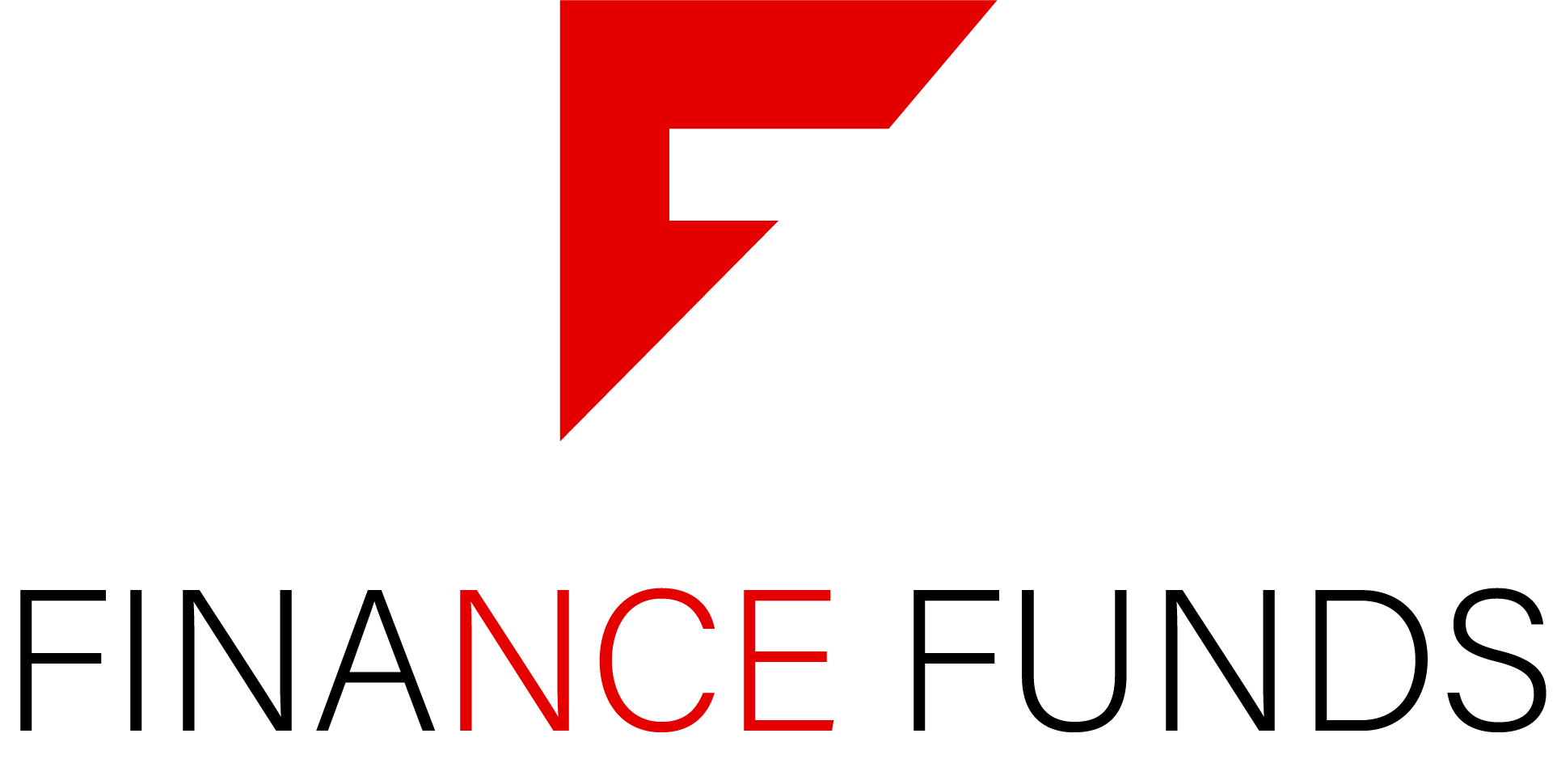When an individual has tax debt their options depend on their unique situation. There are 5 key methods to getting out of tax debt and only some may apply to an individual depending on their current financial situation. The following methods are ways to alleviate tax debt if the full amount cannot be paid immediately.
Method 1 – Setting up an installment agreement with the IRS
The IRS understands that some individuals cannot pay the entire amount owed and they are willing to work with individuals to set up payment plans to ensure that they will collect the money owed by the tax payer. These installment agreements allow for the tax payer to pay the entire amount of tax in smaller, more manageable payments over a period of time.
To set up one of these agreements you can fill out a form which is available online on the IRS website which is called Form 9465, or you can call the number on the tax bill to receive instructions. This is a good option if the bill cannot be paid in full, but be aware that there are some fees associated with setting up an installment agreement and it is always best to pay off these debts in full.
Method 2 – Partial payment Installment Option
This method is similar to Method 1 by setting up a monthly payment plan for the individual tax payer, but the tax payer does not pay off the entire amount owed in taxes. Under this method the tax payer goes under financial review every two years and this could increase the payment owed by the tax payer or the agreement could be terminated if the tax payers condition improves.
Method 3 – Submitting an Offer in Compromise (OIC)
This method is available for tax payers who have exhausted the previous two options and are not able to make the payment in full or the payments in installments. An OIC allows tax payers to settle their tax debts for less than the full amount. This option will only work if it is in the best interest of both the taxpayer and the government and promotes voluntary compliance with all future payments and filings. Tax debt on an individual can be compromised if they meet any of the following criteria:
-Doubt exists that the tax is correct
-Doubt as to collectibility
-Collection of the tax would create a financial hardship or would be unfair and inequitable
Method 4 – Bankruptcy
Bankruptcy can seriously hurt a person’s credit making it very difficult for an individual to obtain any kind of financing in the future and should only be used if all other options are exhausted. When Bankruptcy is filed tax debts may be eligible for discharge under Chapter 7 or Chapter 13.
Method 5 – Currently not Collectible
When analysis of the IRS indicates that the tax payer is unable and has no ability to pay their tax payments the tax payments maybe waved. After this all subsequent refunds are withheld and subsequent actions may cause recurring collectibility determinations at later dates. When that tax payer is determined to be Currently not Collectible the IRS will not currently pursue collection.








